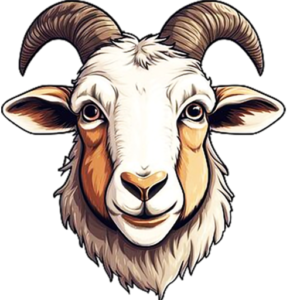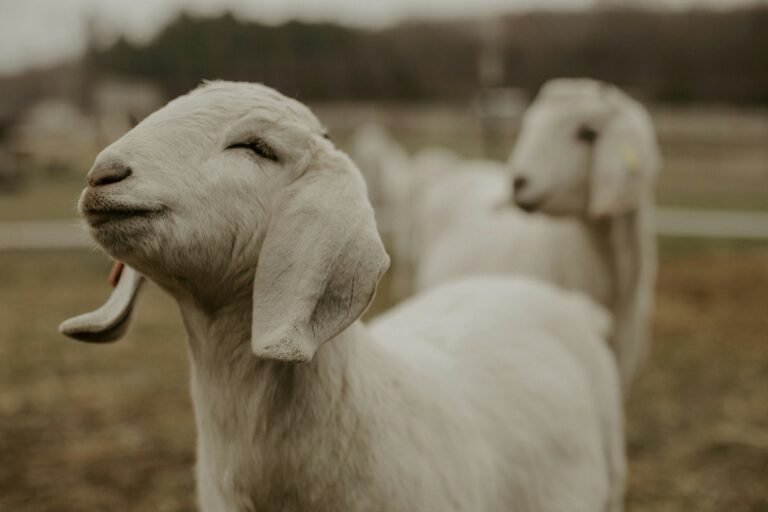
Boer Goats: History, Characteristics and Uses
When you think of meat goats, you probably think of Boer goats first. This goat breed is most recognizable with its particular ruddy head and white body, as well as the American Boer goat, a prevalent breed of meat goat prized for its large size.
This article will go into more detail about Boer goats including identifying traits and characteristics.
History of Boer Goat
Initially created by Dutch agriculturists in South Africa (the word “Boer” is a Dutch word for agriculturist), Boer goats were presented to the Joined together States in 1993.
By this time the United States had lifted restrictions on the direct importation of South African goats and sheep, and the Boer goat, with its large frame, gentle temperament, and ability to gain weight quickly, was superior to other meat goat breeds available at the time. It was different. Today, Boer goats are one of the most prevalent breeds of meat goats and are exceptionally prevalent as appear goats.

Characteristics of Boer Goat
Boer goats have many distinctive characteristics, including coloration and body size, among other traits.
Color and coat:
Boer goats will vary in color, however, traditionally they have a distinct reddish-brown head with a short hairy, white body.
Although variation is common and some Boer goats may be red, their heads may be black or black, or dotted with white spots.
Size:
Boer goats are considered to be the largest breed of goats. They have large frames with deep chests and are usually fast and heavy, with muscular development.
Body Weight:
Bucks (adult males) can weigh 200 to 340 pounds, while an adult doe (goat) can weigh 100-175 pounds.
Horn:
Boer goats have large horns that curve back and curl near their heads.
Ear:
The Boer goat has distinct ears, which fall down the face as well as the horns. In differentiate, numerous breeds of goats have more erect ears, indicating into the wind.
Temperament:
Boer goats are known to be meek in nature, even-tempered and simple to handle.
Hardiness:
Boer goats are generally considered low-maintenance when it comes to management but are not as demanding as other breeds due to the breed’s increased focus on growth and production characteristics of large-framed meat goats. is are
This means that boers raised on pasture may have more health problems when it comes to internal parasites and other meat-producing species such as caucasus or savannahs. However, proper management of roaming practices can also help reduce parasite problems.

Uses of Boer Goats
Here are the uses of Boer goats in bullet points:
– Meat Production: Known for their large size and muscular build, Boer goats produce high-quality, lean meat that is both tender and flavorful.
– Low Fat Content: Their meat is lean, making it a healthier protein option for consumers, and appealing for health-conscious markets.
– Feed Efficiency: Boer goats efficiently convert feed into muscle, reducing feed costs while maximizing meat yield.
– Genetic Improvement: Often used in crossbreeding to enhance the growth rates, immunity, and temperament of other goat breeds.
– Economic Value: Their rapid growth and meat production efficiency make Boer goats a cost-effective choice for farmers focusing on meat yield.
Where to buy Boer goats?
Boer Source is a good place to start. goats Search the American Boer Goat Association’s online database to find Boer goat breeders near me.
At Goaty Pedia, we’re passionate about all goat things! Our mission is to be the ultimate resource for goat enthusiasts, breeders, and caretakers who want to learn about and care for these remarkable animals. Thanks for visiting.
Web Crew © 2024 All Rights Reserved.

